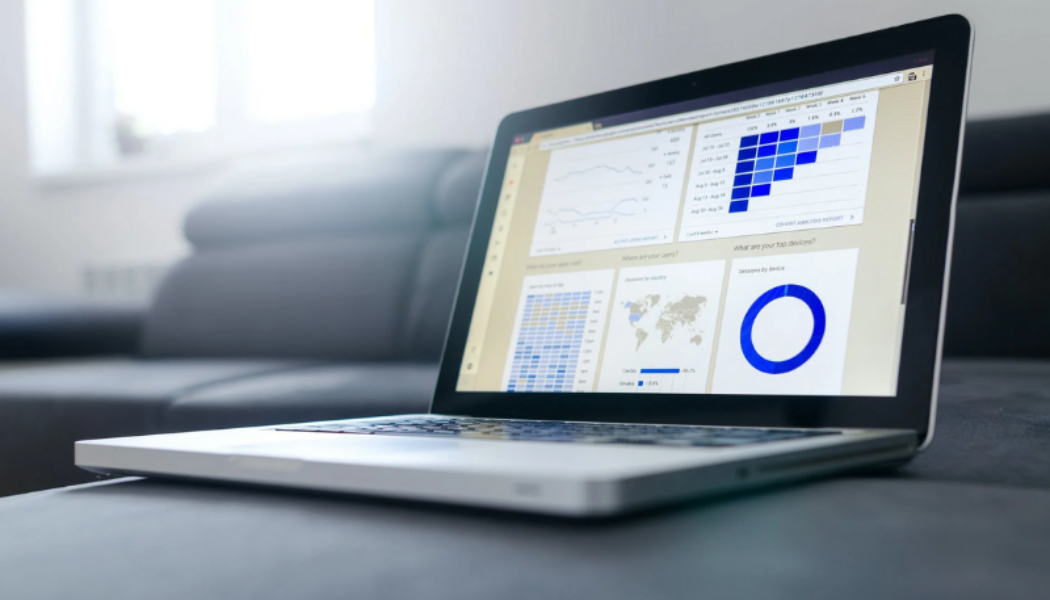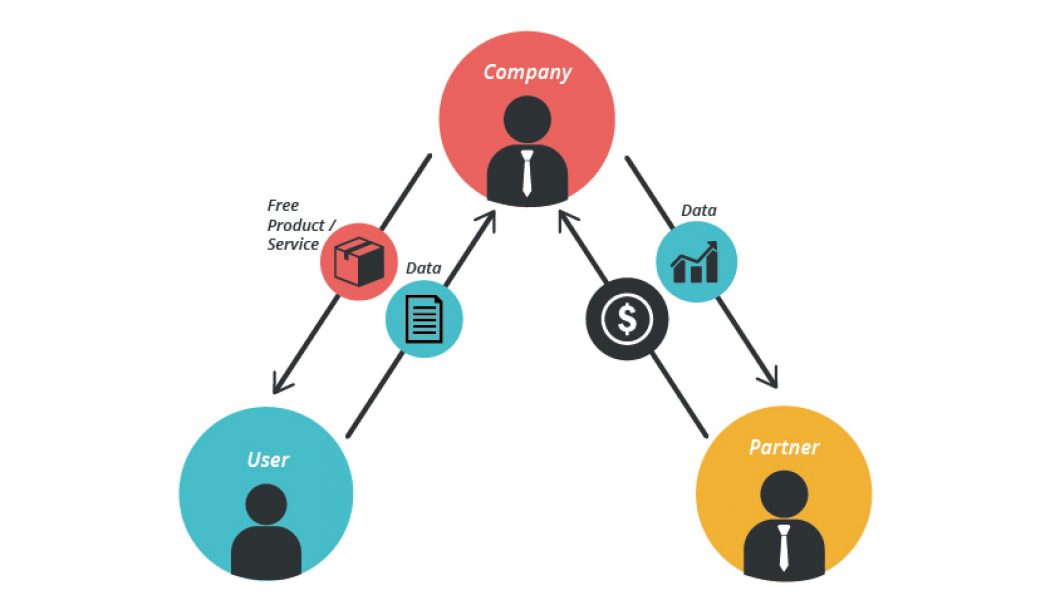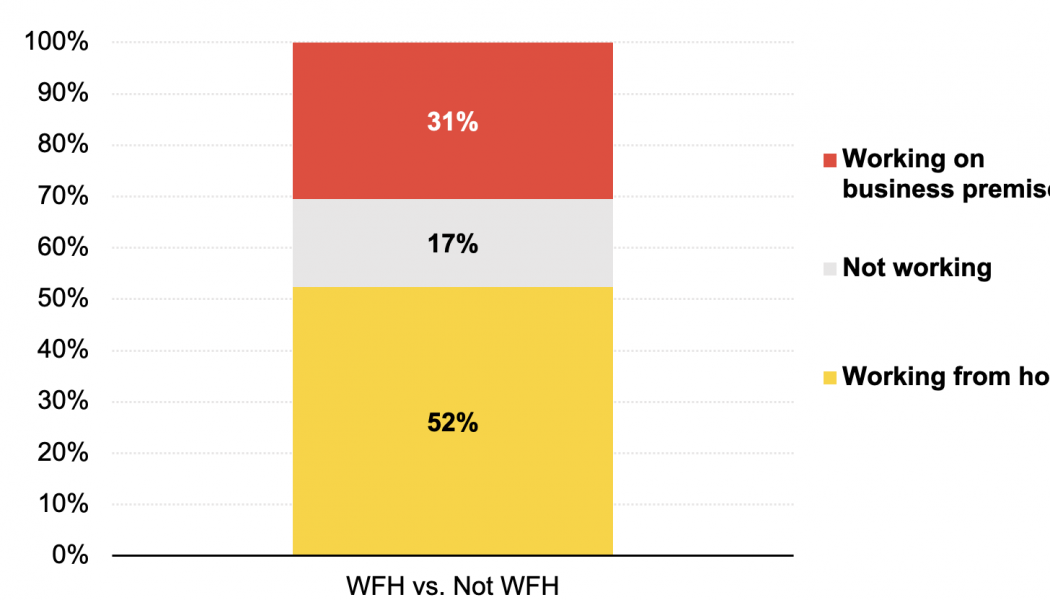Digital Transformation
Are All Satellite Internet Services Created Equal?
Are all satellite services created equal? Are the low latency services promoted by Starlink the holy grail to a mass market for satellite broadband? What is really required to support business connectivity requirements, and what are the real details to be considered? As media awareness grows and the market realises the potential of satellite services, it is becoming increasingly important to discuss architecture specifics in order to guide application design and network implementation considerations. Smart Satellite Services Current satellite services are much more advanced than previous generations. It is no longer just about the myths that satellite is slow, expensive, and has a latency problem. Satellite platforms have evolved way past those days and are now advanced IP connectivity sol...
SD-WAN is an Agile Networking Solution for an Unpredictable Business Landscape
Software-Defined Networking in a Wide Area Network (SD-WAN) has seen significant growth in recent years, and this is set to accelerate – a study of the SD-WAN market by 360 Market Updates found that the market size is expected to reach $2784.5 million by 2026. The biggest reason for this growth is the number of benefits a properly implemented SD-WAN architecture can deliver, particularly in an unpredictable business landscape. Although the events of 2020 may have put SD-WAN implementations on the back burner, the agility, resilience and performance it offers are actually the ideal solutions to many current and future business challenges. As the technology matures and evolves, we can expect to see greatly accelerated adoption in the South African market. A host of benefits In a constantly s...
53% of South Africans are Threatened by Job Automation, Research Shows
53% of South Africans believe that the risk of having their job automated has increased over the last year – more than the global average of 41% – according to a new study from Boston Consulting Group (BCG) and The Network. Additionally, 31% of workers in the digitisation and automation fields have a significantly lower perceived risk of automation in South Africa than 46% globally says Rudi van Blerk, Principal and Recruiting Director at BCG. In South Africa, the interest in developing new skills is highest among those in the early- and midcareer phases as 40% of respondents are reporting a negative impact on their work due to the effect of COVID-19 on employment, including a decrease in working time or being laid off, versus the average of 36% of global respondents. Locally, highly educa...
Is ICT the Solution to Unemployment in Africa?
Sourced from IDG Connect The socio-economic impact of the COVID-19 pandemic is especially hard-hitting for younger generations in Africa. The youth are faced with multiple challenges including disruptions to education, training and on-the-job learning. They are further impacted by employment and income losses due to layoffs and reduced working hours. Despite massive obstacles, the employment crisis should be an opportunity for immense transformation. The pandemic has shown that digital technology is now vital for every economy, greatly increasing the potential for Information and Communication Technologies (ICT) to solve growing problems of unemployment and skills development across the continent. However, the success of countries’ responses to this crisis, the sustainability of the recove...
Should African Governments Digitise to be Innovative, Inclusive and Resilient?
Sourced from Redbubble and iStock. It’s been said before, but it bears repeating – the COVID-19 pandemic offers Africa the chance to leapfrog development through digitisation, and potentially position itself as a global digital powerhouse. And while the private sector has an important role to play in this development, governments across Africa have a critical role to play in enabling digitisation, through infrastructure development, but also in digitising their own systems and processes and by creating an enabling environment using regulatory and legal tools. Developments such as the African Continental Free Trade Agreement (AfCFTA) reinforce the urgent need for governments to digitise to enable not just trade, but positive economic growth across the continent. In its report Reopening and ...
How to Use and Monetise Data
Data and data analytics? Big business. We generate a massive amount of information every day, sourced via the Internet of (Every)Thing(s), GPS trackers, fitness wearables, software-as-a-service, web content and social media. This information can be analysed computationally to reveal patterns, trends and associations; yielding outputs with a multitude of uses. For example, we can use it to predict trends and patterns, find the most lucrative opportunities, and manage our time and resources more effectively. But how does intellectual property (IP) law protect data, enabling it to be monetised? And what should businesses be aware of, as they grow increasingly dependent on data? Copyright and common law /* custom css */ .tdi_3_628.td-a-rec-img{ text-align: left; }.tdi_3_628.td-a-rec-img img{ m...
Over 80% of Businesses Expect to Work Remotely, According to Research
One year after the global remote work revolution, the shift to work from home (WFH) and work from anywhere (WFA) is already resulting in profound effects on businesses’ digital transformation as well as data security concerns. According to Lenovo’s new Future of Work and Digital Transformation study, a vast majority of businesses (83%) expect to work remote at least half the time, whereas 60% of employees not only agree but are happy to do so. Most employees (83%) want a hybrid work model post-COVID, which businesses say are more than happy to accommodate because they know it’s a way to drive employee engagement and attract new talent. Enabling remote work has meant a change in digital adoption, with increased usage of personal devices for work; wider adoption of collaboration cloud and so...























